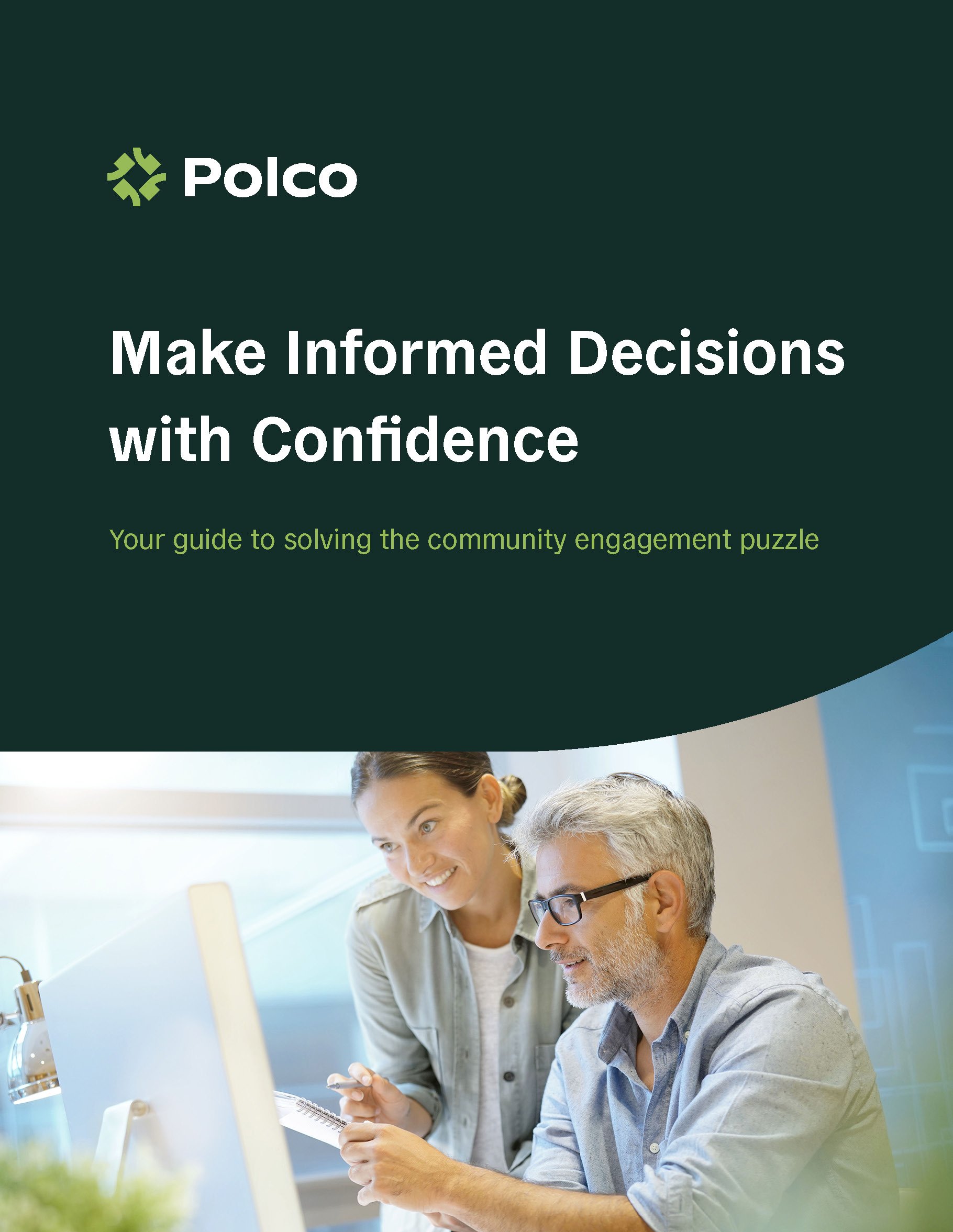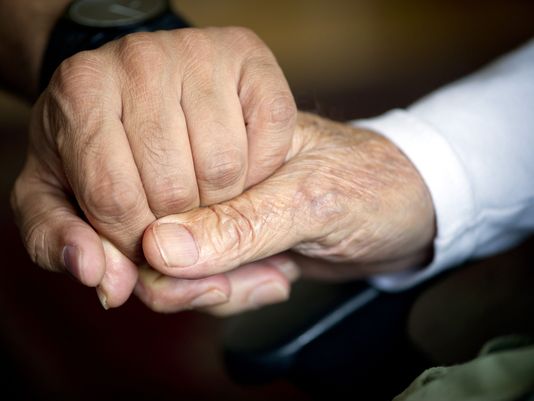Share this
Subscribe to Our Newsletter

Featured Report
Download your copy of "Make Informed Decisions with Confidence: Solving The Community Engagement Puzzle" today!
by NRC on March 25, 2014

Mana'o means sharing and learning together. This was the foundation of a presentation by a group of public health officials from Kauai who were sharing the results of their community needs assessment (http://health.hawaii.gov/kauai/files/2013/07/KAUAI-CHNA-July-2013.pdf). They spoke of working together to gather the voices of their island because community health was everyone’s kuleana (business/responsibly). The Kauai group brought a broad coalition of community members, government agencies and CBOs to their table as well as representatives from their local public hospital.
While hospitals are certainly a key stakeholder and key factor in the health of the community, they are not always found at the center of public health planning. Sometimes they are found on the edge, dealing with acute medical care, rather than general community health. One of the aims of the Affordable Care Act (ACA) is to bring public hospitals into discussions (and hopefully actions) to improve community health.
Non-profit hospitals are tax-exempt institutions and key to this IRS exemption is the expectation that they are providing a “community benefit,” wording that replaced “charity care” in 1969. Both terms are vague and there has been controversy about whether all non-profit hospitals are meeting this requirement (and are therefore deserving of a tax exception).
Under the ACA this expectation of community benefit has been made more concrete. Public hospitals must report how they are contributing to community health in their IRS tax filings (Form 990, Schedule H). They must report the amount of free or reduced-cost care they have given, but they are also asked to report the community building activities they completed during the tax year, and to describe how these activities promoted the health of the communities it serves. The activities are meant to be developed with reference to another IRS requirement: the completion of a community health needs assessment (CHNA). A new CHNA is required every three years.
Part of the CHNA is an inventory of traditional health measures (mortality, morbidity and demographics) that can largely be found at http://www.countyhealthrankings.org (a great website for county information) but there is also an expectation that the hospitals engage their community members and public health representatives, create coalitions and create or participate in preventative health care programs. This mandate may provide a golden opportunity for public health agencies to partner with hospitals to meet mutual research and programmatic needs.
If public health officials can participate in the CHNA, they can ensure that research efforts are thorough and unduplicated and that preventative health programs and investments are coordinated. Hospitals may be tapped to help fund the research that will inform community planning, the research that smaller non-profits and public agencies may not be able to afford without assistance.
Moving from presentation to poster hall to exhibit hall, it was clear that mana’o was on display throughout the conference. Service providers, policy makers and researchers shared their questions, their knowledge and their innovations; putting together the pieces of the puzzle of how to support older adults to age well.
A diverse group of people were drawn to the NRC exhibit booth to learn more about our Community Assessment of Older Adults (CASOA). Hungry for planning data, those with businesses that serve the growing needs of older adults (housing developers, home care aids, meal service and medical supply companies) were curious if we had completed surveys in their areas. Community-based organizations were interested in what our research revealed to be the greatest needs, overall, and how they could encourage or partner with their local Area Agencies on Aging (AAAs), City or County to complete similar research for their community. Fellow researchers were interested in methods and response rates and how the CASOA was created and tested. Those from Cities, Counties and AAAs were interested in how using CASOA might improve their service planning. A few from professional associations discussed how completing the CASOA might help inform individual association members on their community’s need but also provide benchmarks and regional comparisons to prompt discussions about best practices.
The health of a community is truly everyone’s kuleana and it was an interesting and enlightening few days discovering the myriad ways ASA members were working to create a new vision of healthy aging.

Download your copy of "Make Informed Decisions with Confidence: Solving The Community Engagement Puzzle" today!
These Related Stories


